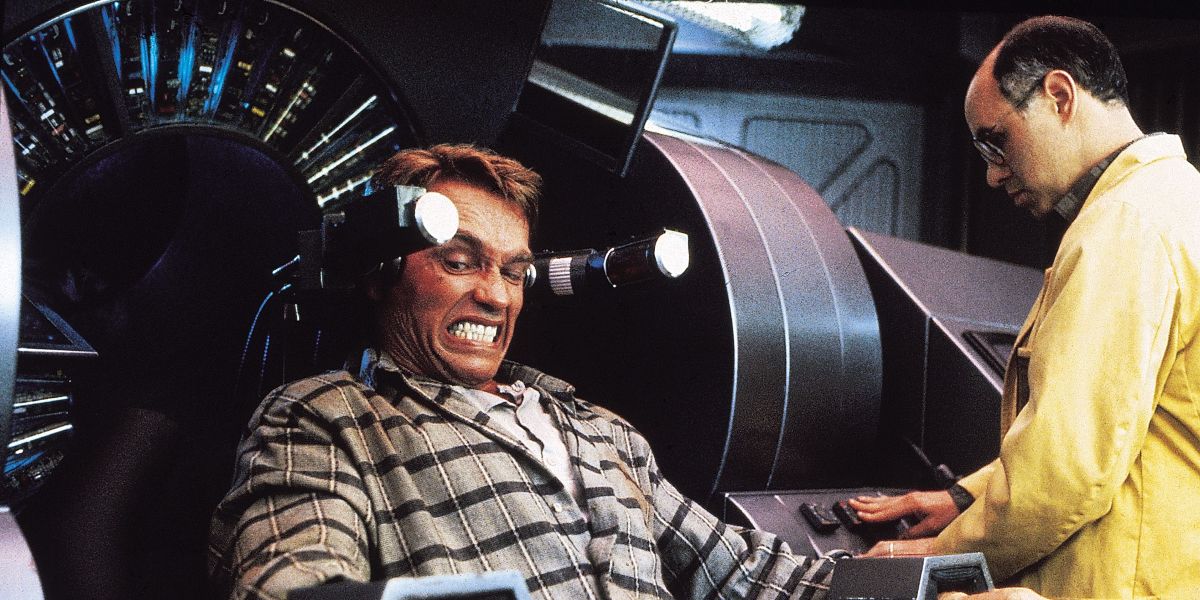
The 1990s proved to be one of the most innovative decades in the film industry and saw visual effects improve, becoming better than ever before. This allowed filmmakers to realize their creative visions and lead to the rise of sci-fi and action films, which could explore previously impossible ideas.
Many films from this decade utilized CGI and other visual effects to bring their stories to life, and while they may have been cutting edge upon their release, they simply have not aged well. However, movies with the very best visual effects went on to win Oscars for their outstanding quality, and despite being decades old, they still hold up to this day. With this in mind, here are 10 Visual Effects Oscar-winning films that still hold up in 2020.
10 1990: Total Recall

Total Recall is one of the most ambitious sci-fi movies of the decade and stars Arnold Schwarzenegger, who finds himself at the center of an elaborate conspiracy that leads him to Mars. The unique futuristic world was brought to life using visual effects, which were not cheap. The film had a reported a budget of between $50 and $60 million, making it one of the most expensive movies of all time upon its release.
However, the expensive production ensured that the visual effects were cutting-edge and enabled the producers to realize the strange and surreal future, creating something unlike anything that had been seen before. 2012 saw a remake released, but despite the technological advancements since the original, it failed to capture the spirit of its predecessor and received mixed reviews.
9 1991: Terminator 2: Judgment Day
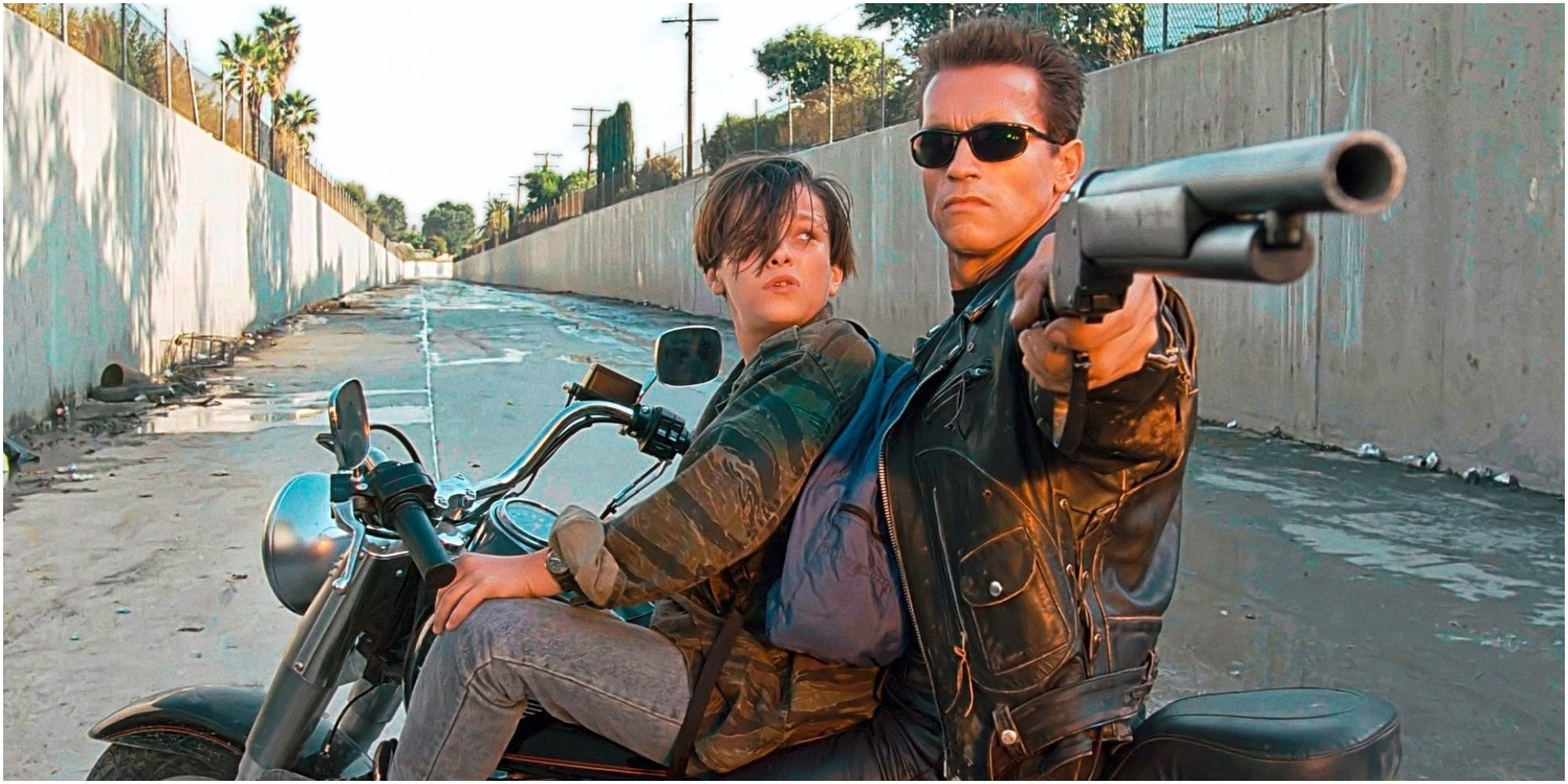
Arnold Schwarzenegger continued to succeed in the early '90s with the release of Terminator 2: Judgement Day, which saw the tables turned and this time featured Arnie protecting John Conner from an even more deadly Terminator. The sequel remains one of the greatest action movies ever made, and one of James Cameron's best movies. Featuring a deadly liquid-metal Terminator, that proves to be an unstoppable killing machine, the sequel ups the ante and improves on the original in every way.
The groundbreaking effects used to bring this new Terminator to life were at the absolute cutting edge in 1991, and almost 30 years after its creation, the CGI used to bring this robotic killing machine to life still looks remarkable. The film went on to win 4 Oscars, including Best Visual Effects.
8 1992: Death Becomes Her
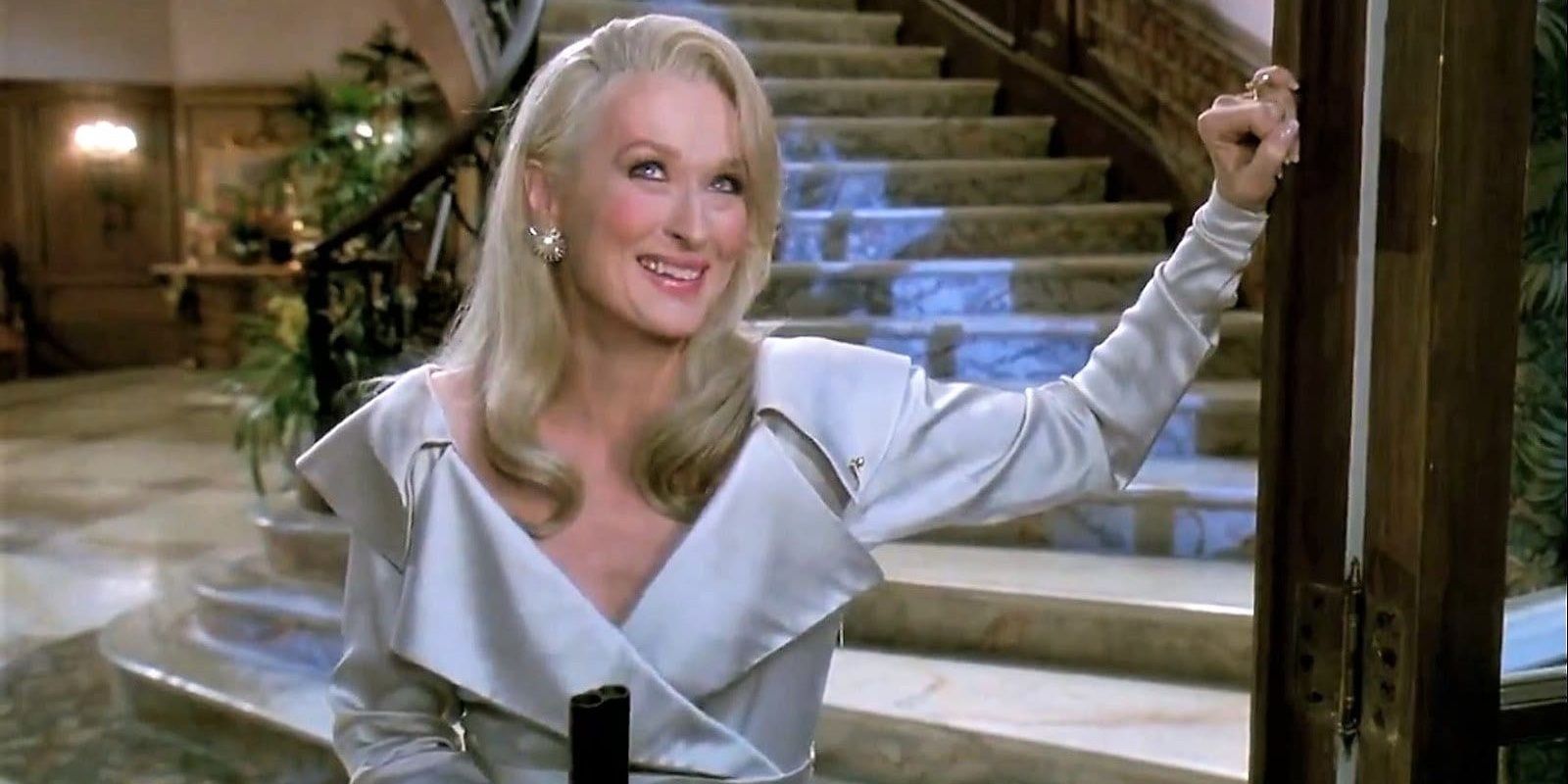
Director Robert Zemeckis is no stranger to special effects, and 1992's horror-comedy Death Becomes Her featured some of the most gruesome special effects of the decade. The film sees a woman horrified at the prospect of aging, so she consumes a magical potion that gives her youth, and immortality. The only downside is that despite not aging or dying she is still susceptible to injuries.
After a fall down the stairs that would have killed anyone else, she is simply left with her head entirely twisted the wrong way. The amazing effects are ghoulish and funny at the same time, resulting in one of the most unique horror-comedies of the decade.
7 1993: Jurassic Park

Jurassic Park is undoubtedly one of the greatest movies the '90s produced and offers an array of excellent effects that look as good today as they did upon its release decades ago. The film brought dinosaurs to life like never before, and offered thrill and scares that audiences had never experienced before.
Using both practical puppets and CGI to create the terrifying dinosaurs, Jurrasic Park marked a watershed moment, that forever changed the movie industry. To this day it remains one of Steven Spielberg's best movies, and a high point in the franchise, which continues to this day.
6 1994: Forrest Gump
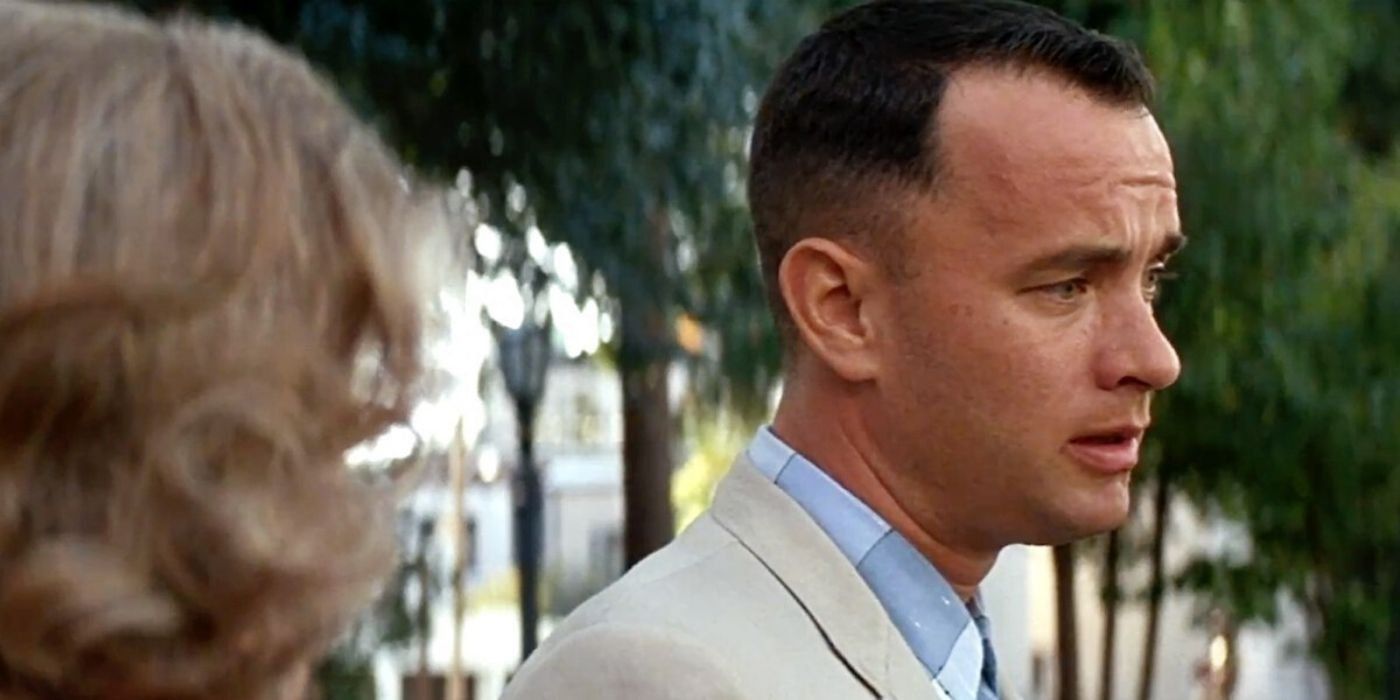
Forrest Gump stars Tom Hanks as the titular character, in not only one of the best films of the decade but his esteemed career. Despite not being a science-fiction or fantasy story, Forrest Gump nonetheless utilized visual effects to enhance its story, often in subtle ways that many members of the audience may not have noticed.
Forrest Gump appears throughout history, rubbing elbows with important and great figures, including President Kennedy, who was enhanced using visual effects to make him indistinguishable from the real figure. In addition to winning the Oscar for its visual effects, Forrest Gump went on to win another 5 Oscars including Best Picture and earned Tom Hanks and award for Best Actor.
5 1995: Babe
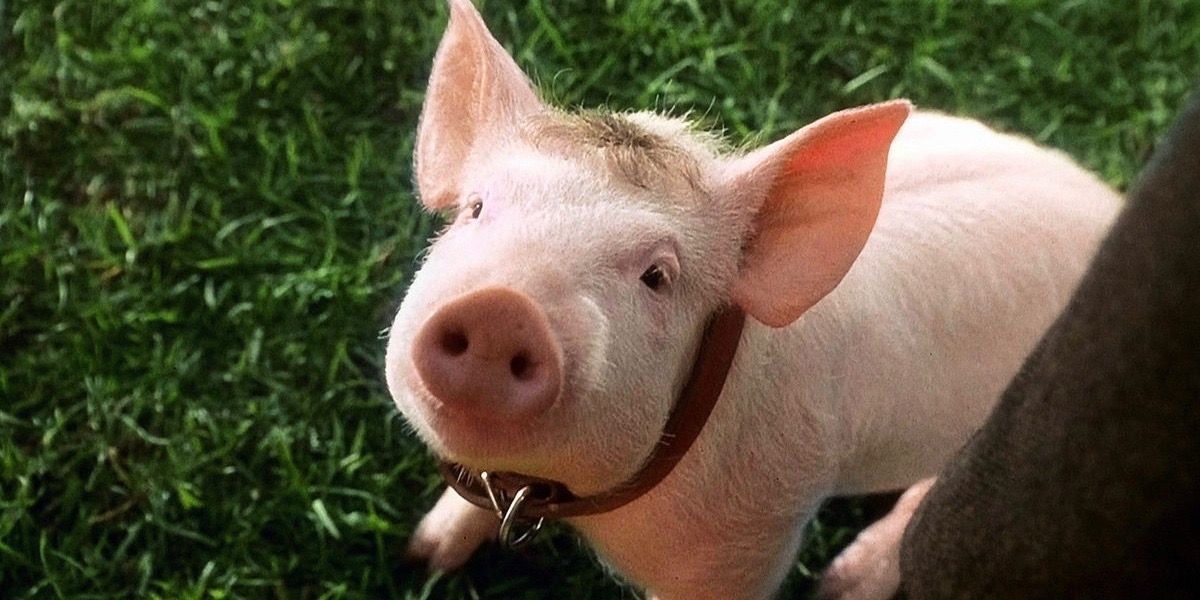
From director George Miller, Babe tells the unique story of a young Pig who learns to herd sheep, despite the odds being stacked against him. The family-friendly film used real animals in combination with CGI to bring these farmyard creatures to life, and give them the ability to speak.
Digital mouth replacements were used on all the speaking animals to flawlessly give them the ability to speak. This effect is blended seamlessly onto the vast array of animal actors and still holds up to this day. The strategic use of CGI results in a far batter film that if the filmmakers had simply used CGI for the entire animal, and goes to show that sometimes less is more.
4 1996: Independence Day
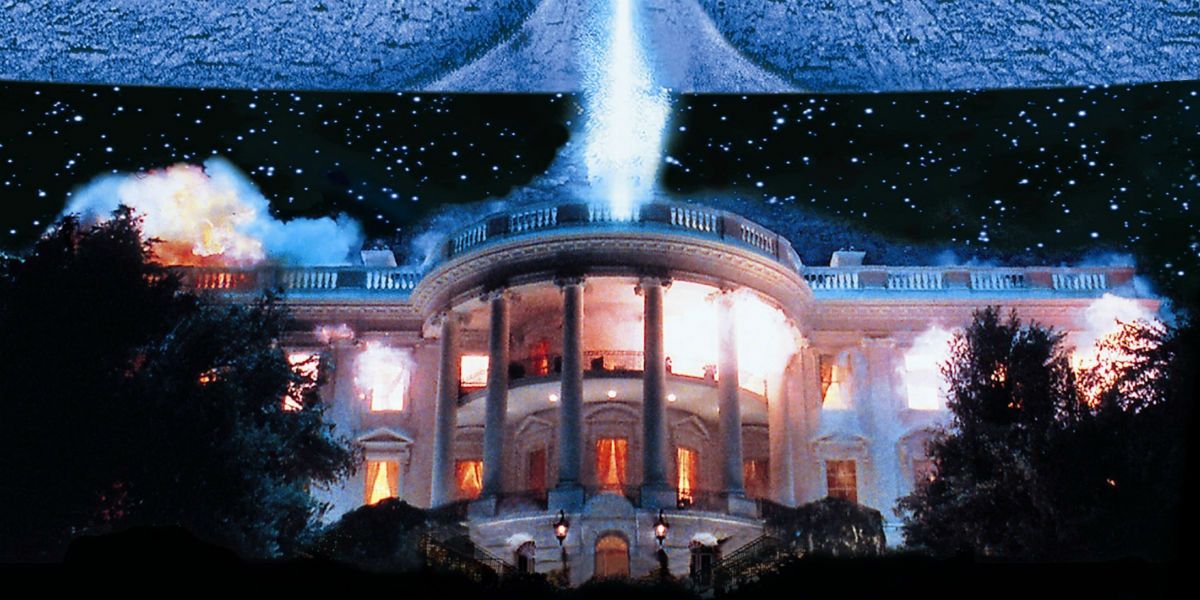
Independence Day is the quintessential disaster movie, and what it lacks in brains it more than makes up for in spectacle. It knows exactly what it is and delivers one of the most fun and groundbreaking alien invasion stories of the decade. The film is bursting with jaw-dropping visuals and eye-popping set pieces that remain as iconic today as they were in 1996.
The visual effects on display throughout the film are cutting-edge and feature everything from the destruction of The White House to the massive invasion itself. Independence Day marks a high point of science-fiction blockbusters, that seek to entertain and wow audiences through their fun and inventive visuals.
3 1997: Titanic
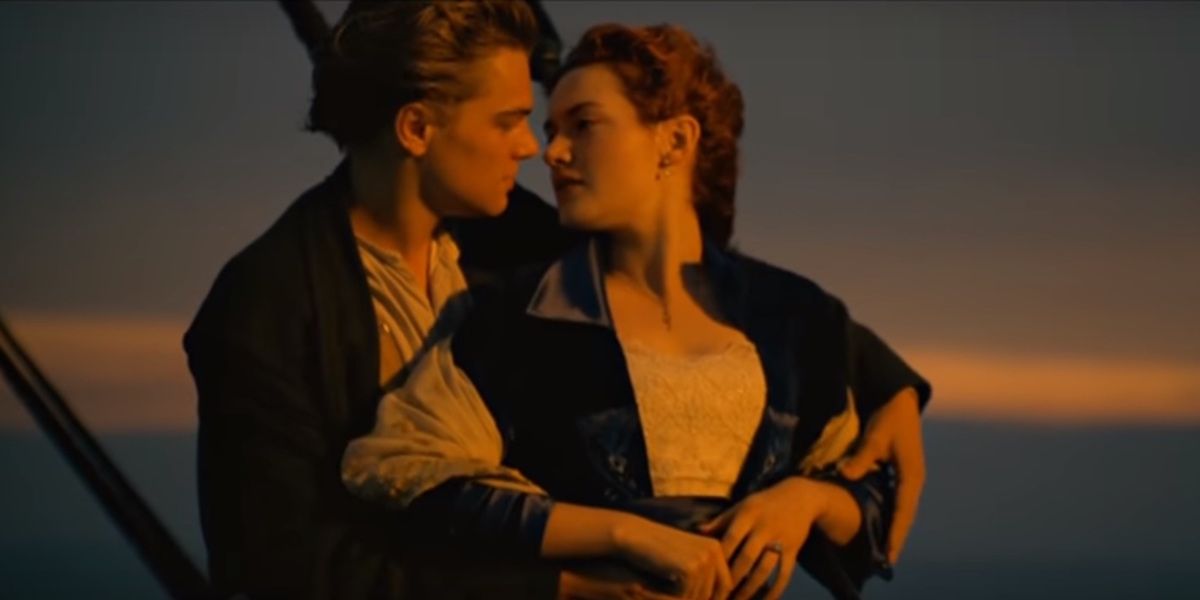
From director James Cameron, Titanic went on to become one of the highest-grossing and most influential movies of all time, winning the Oscar for its visual effects, as well as staggering 10 additional awards.
Previously known for his work on science-fiction franchises, Cameron turned his attention to the real-life story of the disaster of the Titanic, bringing it to life like never before. His previous work on The Terminator and Aliens gave the visionary director plenty of experience with visual effects and he was the perfect person to bring this timeless story to life.
2 1998: What Dreams May Come
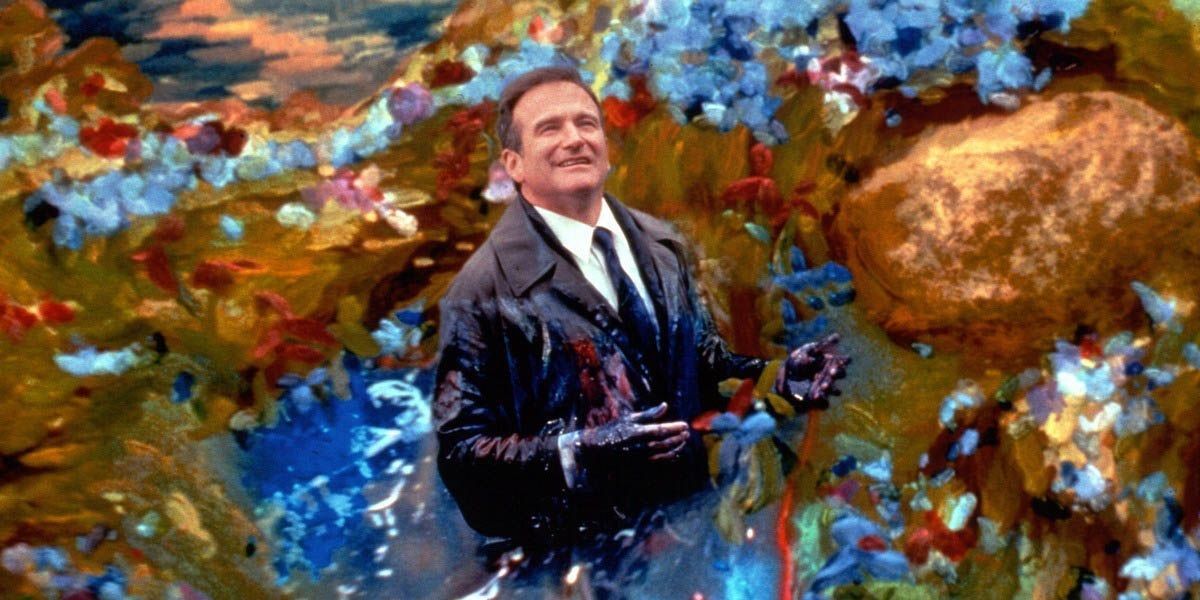
What Dreams May Come stars Robin Williams as Chris Nielsen who dies in a car accident and enters Heaven, only to discover that his wife, in her grief, has committed suicide and as a result has been sent to Hell. Unwilling to accept the prospect of spending eternity without her, he risks his soul to venture into Hell and save her.
The film presents one of the most unique visions of the afterlife in any film and ditches the traditional clouds and harps so often associated with Heaven in favor of a more abstract and cerebral representation of the afterlife, tailored to each individual who resides there. For Chris Nielsen, this takes the form of a beautifully painted world of bright colors and picturesque landscapes that are reminiscent of his beloved wife's work. The visuals on display throughout the films remain some of the most unique of the decade and more than earned the award.
1 1999: The Matrix
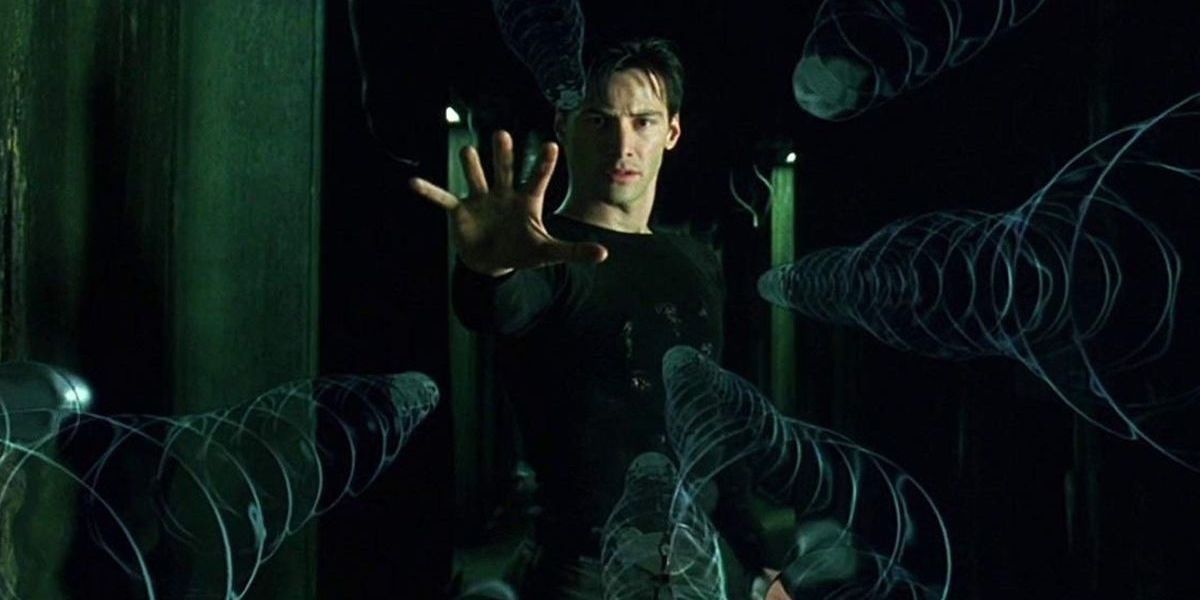
At the close of the decade came one of, if not the most influential film, that would go on to inspire many movies and copycats. The Matrix's iconic bullet-time sequence remains one of the most jaw-dropping and impressive special effects of any movie, but beyond the bullet-time action scenes, the film is bursting in high-concept sci-fi ideas and breathtaking visuals.
This earned the film the award for Best Visual Effects, alongside 3 additional Oscars. Although the sequels may have proved to be something of a mixed bag, the original remains a classic and its visuals are as excellent today as they were upon its release.
https://ift.tt/3lsxvKj
Comments